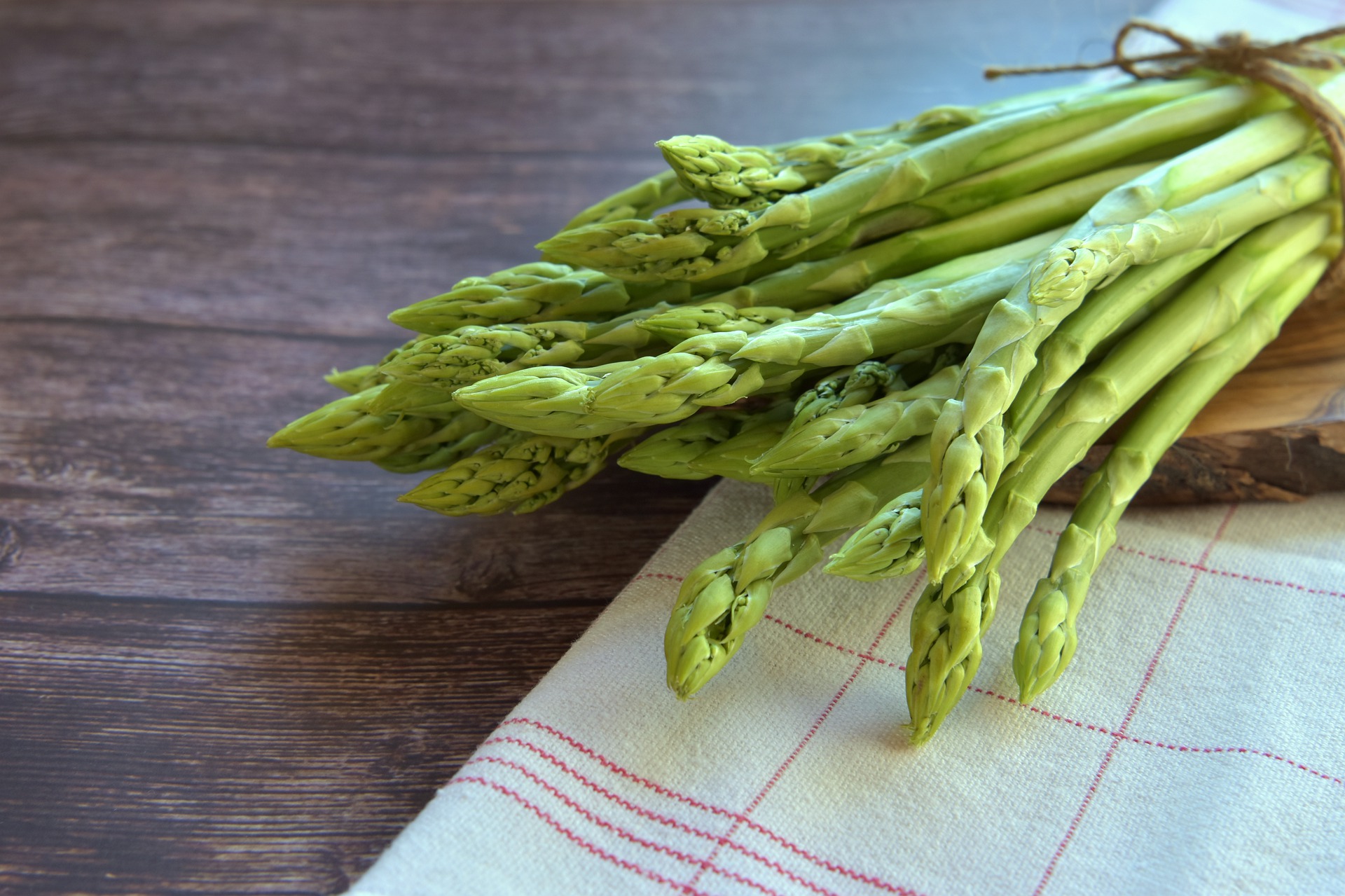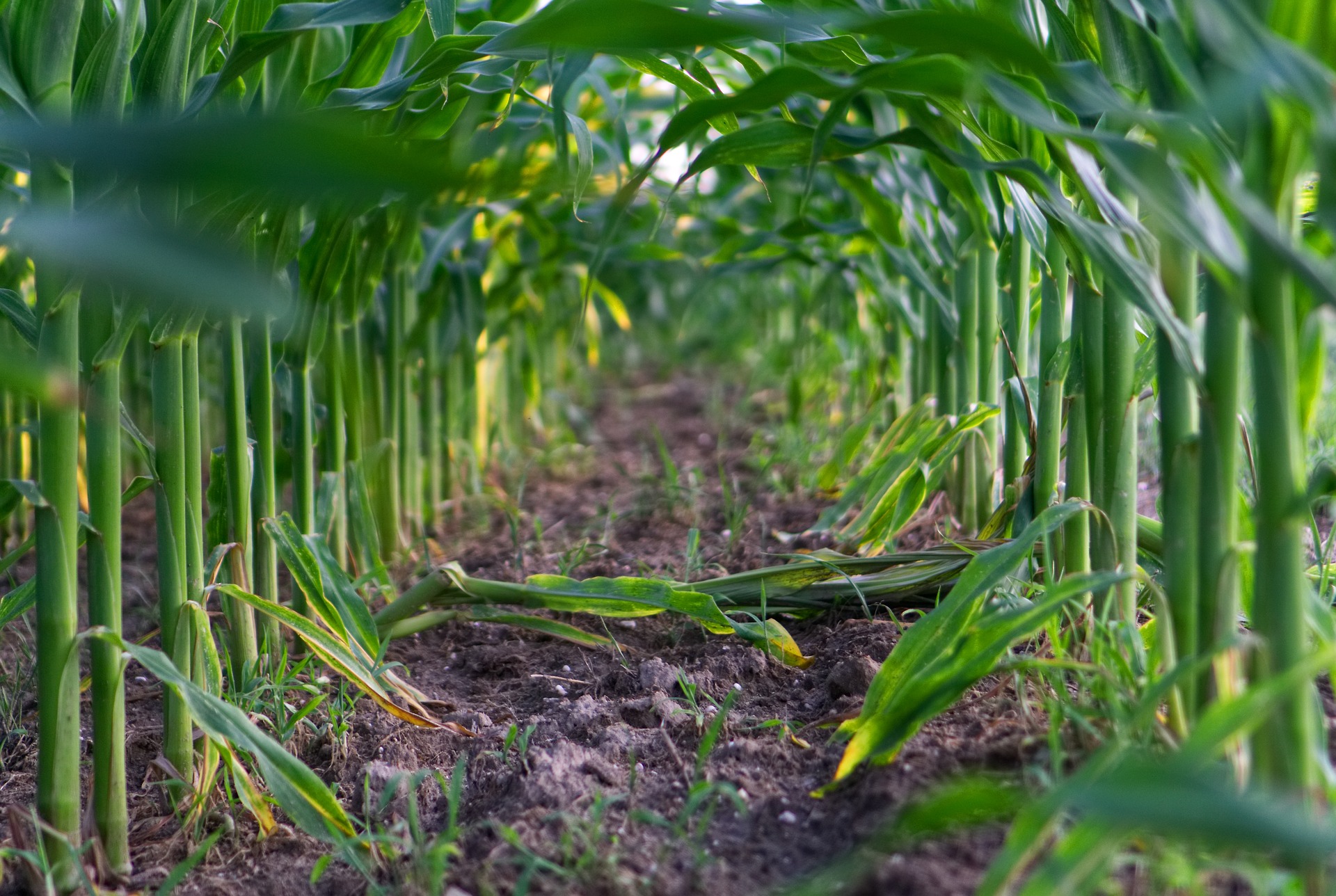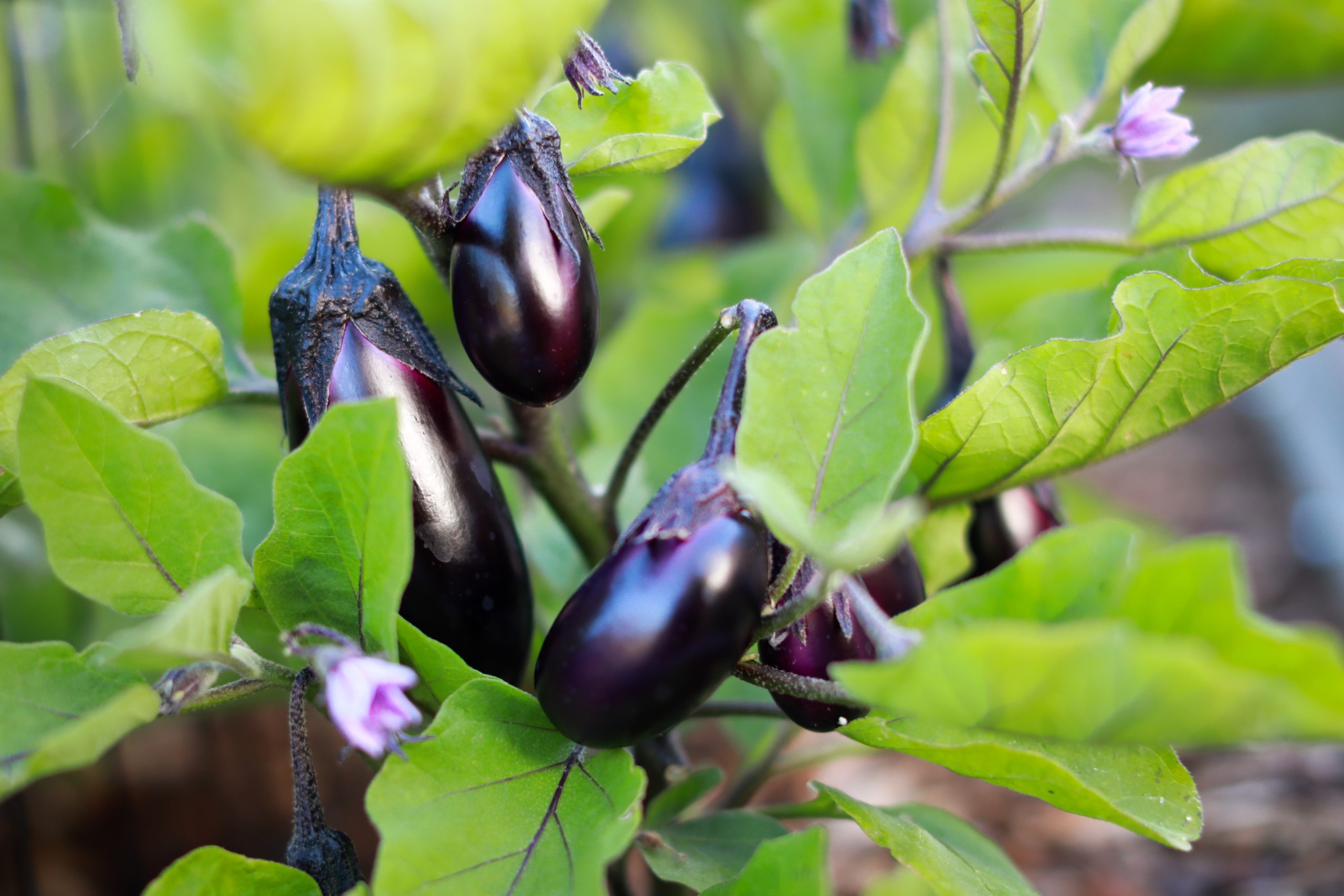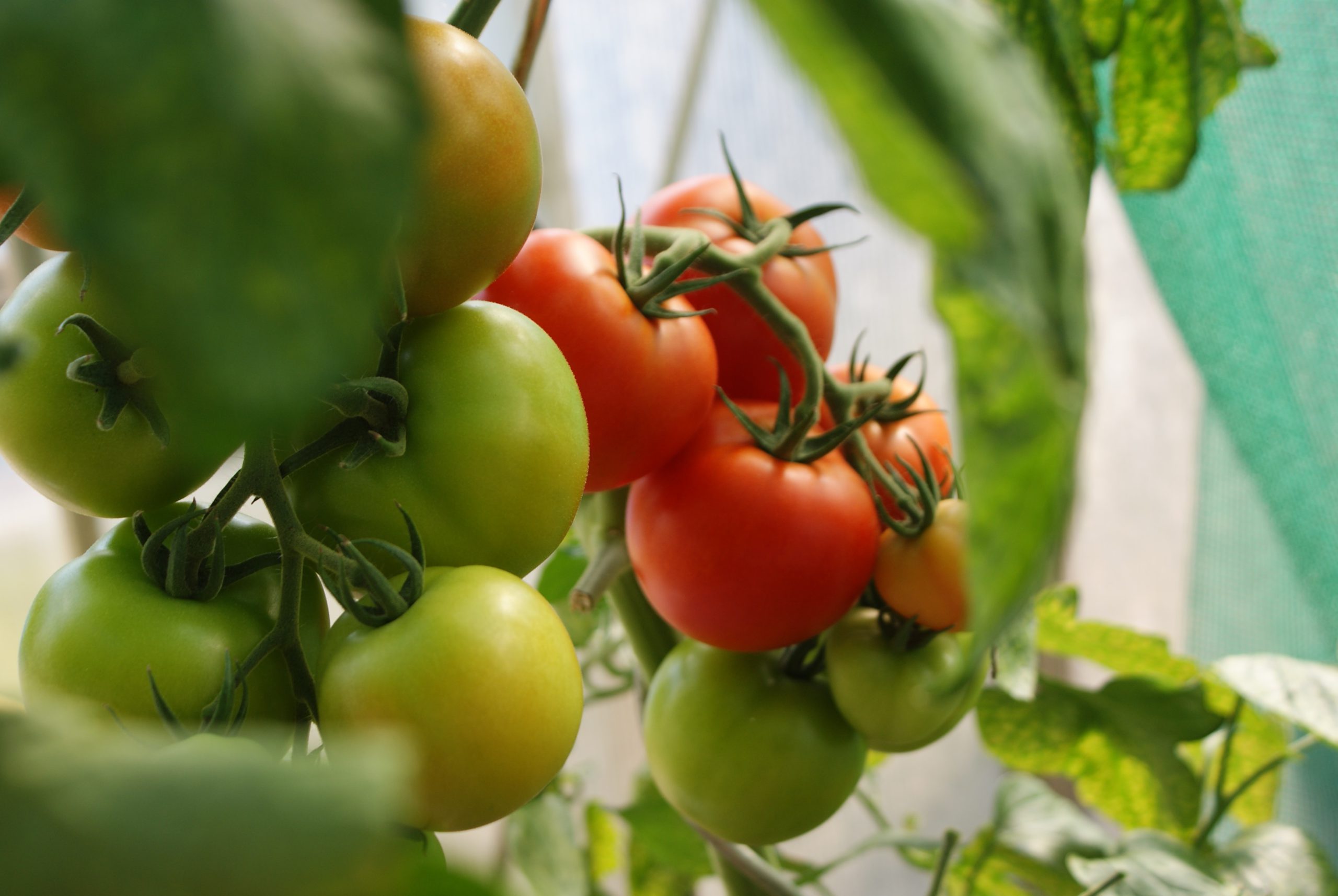Your cart is currently empty!

Cabbage cultivation and Farming in india
Cabbage is a leafy vegetable widely used in restaurants. there is high demand in all Chinese restaurants for cabbages and that puts the crop on the list of highly marketable crops. Unfortunately, due to a lot of people cultivating cabbages, the price cap may not be too high for the produce. Ranging anywhere between 8 rs to 45 rs per kilo, the price for cabbages varies quite a lot depending on seasons in locations. Added to this, the fact that Cabbages have a relatively higher shelf life makes it easy for them to be transported long distances. The reachability of cabbages is quite high and it is a product available in most retail groceries.
For instance, I know for a fact that cabbages are not cultivated anywhere near my area in kollengode but it is sold thereby farmers for 30,000 rs per quintal and the next nearest mandi (Koduvayoor) sells them at 15,000 rs per quintal. In the district of Palakkad, there are no cabbage farmers. The nearest farm where they cultivate the quality of the cabbages in the market has to be at least 50-100 kilometres from where it’s sold and some even further. The largest producer of cabbages around our region is in Ooty and Kodaikanal hills and other parts of Tamil Nadu. If the product has travelled 80 Km, you can be sure that it has travelled an average of another 100 more. while it’s possible to transport cabbages to areas far from where it’s cultivated due to their shelf life, it’s also a product which is constantly in demand in homes and restaurants.
When it comes to states, West Bengal produces nearly 25% of all cabbages in the country followed by Orissa which produces 11 % and Gujarat and Madhya Pradesh produce 8% of the total cabbages in the country. All other states produce less than 8 % of the total cabbages consumed in India. 75% of all cabbages come from 10 states with over 50% of them coming from just 4 states in India. amazingly the entire country consumes cabbages throughout the year. it’s available in the market and restaurants purchase them regularly.
States like Maharashtra which has a high population and high in restaurants consume more cabbages than they produce and all this comes from other parts of the country.
When it comes to volume, India produced 9606,000,000 Kilos or 9606 Kilo tonnes of Cabbages in the year 2021-22. India ranks second in cabbage production worldwide with china in first place. China produces 3 times more cabbages than India and has a higher yield per hectare too. India and china together produce nearly 59% of all cabbages cultivated in the world.
Though India is the second largest producer of cabbages, it’s not in the top 5 exporters of cabbages in the world! astonishingly cabbage Exports are either not profitable, feasible or a priority in India. The total exports of Cabbages in the year 2020-21 were approximately 1050210 kilos which is a very small quantity compared to the total production. the value of the exported produce was estimated to be around 1.12 million USD.
Climate for Cultivation: Did you know that cabbages that grew on frost tasted a bit better than those which were not? But for cultivating Cabbaes, the best temperature is between 15 to 21 degrees Celsius. The quality of cabbages goes bad when it reaches high temperatures but seed germination is best when the temperature is roughly 30 degrees celsius. once the seeds are germinated, the weather conditions should be cool, and moist (not wet but moist). Cabbages can survive frost but they don’t do too well in the heat.
Ideal Soil for Cultivation: Depending on the area, the soil varies. for plains, it could take on clay soil which can retain water for a longer period. in the hills, sandy loam soil is preferred.
Varieties of Cabbages cultivated in India: There are over 15 varieties of cabbages cultivated commercially but the most common ones are Pusa Mukta, Copenhagen, Pride of India, golden acre, Pusa synthetic and pusa drumhead. Each of the varieties has distinct characteristics specifically when it comes to day harvest, the size of the cabbage head and the disease it can resist. Also, some varieties are best suited for some regions. the TNAU recommends some varieties are better in plains while others are best suited for Hills. in general, varieties grown in hills are known to have a higher yield and better quality.
Propagation: Seeds are sown in beds and prepared for plantation 45 days before transplanting. A nursery bed is prepared in a 100 square meter area with 300 kg gym 50 grams of sodium molybdate and 100-gram borax as a basal application. Seed beds are drenched with copper oxychloride before sowing. Sowing can be done in an open field or a protected nursery if available. The protected nursery should be in a tilt of 2 % with a 50 % shade net with 40/50 insect-proof mesh on the sides.Season: Sowing seasons vary from plains and hills. in the hills, January is best suited for sowing for the first crop. The second crops are from July and the third in September. In the plains, August – November is best suited for sowing. Sow just before winter starts when the temperature is roughly 25-30 degrees. Germination is high when the temperature hits 30 degrees.
Land Preparation: Land preparation is simple in hills. Plough and till the land to a fine tilth and prepare pits at a 40-centimetre distance (varies depending on the variety) for plains, ridges are taken at a distance of 45 cm. No basal application is required. distance between plants is usually determined based on the variety of the cabbages
Planting: Planting should be done 35 days from the sowing of seeds in the nursery. the plants are hardened by withholding irrigation at the nursery stage 5-6 days before transplanting. hardening of plants will ensure that they get a waxy coat on them which helps them resist cold or hot weather and acclimate to rough conditions after transfer from the nursery.
Spacing and Density: Spacing and density are decided based on the variety of the plant. some plants grow large and require more space. in this case, the plants are spaced at 45 centimetres while some varieties are smaller and can be spaced around 30 cm distance.
Intercropping: You could intercrop cabbages in between other crops but it’s not advisable. Cabbages are host to a range of pests and diseases. This may affect other crops and diseases from other plants could affect cabbages too. This makes cabbage a bit tricky. Also, the need for irrigation is different with cabbages and they love moist soil with very short spells of dryness to the soil, especially in sandy loam soil conditions. Note that the dry spells are only on the surface while the depth of low moisture in the soil shouldn’t exceed an inch.
Irrigation: Irrigation is done once in 15 days in hills when the temperature is cold. The irrigation schedule varies depending on the area and soil. For Clay, soil water, retention is high and may require irrigation once every 10 days or 15 while with sandy loam soil irrigation happens a bit faster. Irrigation should be controlled when the heads evolve and also Just before maturity. Excess irrigation during maturity will split the heads, ruining the crop
Fertilizers: Application of 15 tonnes per hectare FYM is recommended at least 4 weeks before transplant. This ensures that the gym is free from bacteria and is exposed to the sun, preventing some diseases. Application of 40 kg Urea, 60 kg Phosphorus and 60 KG potash is applied as basal fertiliser before transplanting and an additional 40 KG urea is applied 6 weeks after transplant. Fertilizer requirements for cabbages are minimal.
Pests: Cabbages are sensitive to a range of diseases and pests. Pests include cutworms, aphids, and Diamond Backmoth while diseases include Club root, Leaf spots, Blight, Ringspot and mildew among others. Precautionary measures are possible but Chemical application is recommended where necessary immediately when a problem is spotted.
Harvesting: Harvesting of Cabbages varies on the variety. some varieties can be harvested in 60 days while others take 120-130 days to harvest. Plants that take longer to harvest usually have larger heads, and usually weigh 2-3 kg. Short-term crops range anywhere between 600 grams to 1.5 kg.
Post Harvest: Cabbages are very sensitive to moisture and should not be washed after harvesting. They do have a great shelf life but transferring them to a colder temperature will increase their shelf life to 2 months. A temperature between 5 and 10 degrees is recommended for storage.
Yield: Depending on the variety and season, cabbage has a potential yield of 70 tonnes per hectare in hills and 20 tonnes per hectare in plains. while the yield is very low in plains, it’s also a short-term crop and the varieties are usually smaller in size.
Profit Per acre: Average profit per acre could range from 60,000 Rs per acre to 1.5 Lakh rupees per acre. The profit could vary depending on market price and is very hard to determine. Though cabbages have a good shelf life, storage costs do not justify their requirement. Farmers are often known to dump cabbages when prices go below feasibility. Farmers are also known to incur losses in cabbage cultivation, especially during peak seasons when there is too much produce.
Yield Per acre: Yield per acre could vary from 8 tonnes to 30 tonnes. as mentioned earlier, it’s completely based on the area and the variety cultivated.
Cultivation area in India: Cabbages are cultivated in most parts of the country in some capacity. The highest cultivation is noted in West Bengal, Orissa, Gujarat and Madhya Pradesh. in the south Parts of Tamil Nadu, Kerala, Andhra and Karnataka have small pockets where cabbages are cultivated.
Cabbage Market and Profitability
Profitability: high if in the right season and possibility of high loss if the market is flooded with the produce.
Market Exposure: The market for Cabbages is throughout the country with no limitations. The Exposure is high and nationwide.
Market Price: The market price could be highly fluctuating which makes cabbage production risky. If the price is right you may have a bumper crop cashing in anywhere between 3 lakh rupees to 8 lakh rupees (Gross) per acre but you could also see a significant revenue drop at 60,000 Rs Gross per acre at a price as low as 2 rs per kilo. Cabbages are low-priced during winter in most parts where it’s cultivated. for instance, prices may drop drastically from December to march in places like Gujarat, UP and MP and peak later in the summer to go up to 20 rs or even 30 rs per kilo in June and July.
Export Potential: Though cabbages are produced widely and are the second largest producer of Cabbages, it’s not one of the biggest exporters of cabbage. Cabbage is exported to Kenya, the USA, Uganda, Bangladesh and Thailand. Even the exports are of small quantities and not worth a mention India has not penetrated to export market when it comes to cabbages and China still stands first in terms of exports.
Cultivation Knowledge: Moderate to low. You don’t need to be an expert to understand cultivating cabbages as long as you have some experience in farming. Prior experience in the Cultivation of broccoli, cauliflowers or other similar crops may simply make things a lot easier, especially when it comes to pest identification and diseases.
Infrastructure cost: Moderate to low. mulching and drip irrigation setup will avoid or reduce the costs of fertilizers weeding. Land preparation cost is nominal and the crop matures in just 120- 150 days. there is no need for gree shades or specialized temperature control as long as you are cultivating them in suitable areas in the right season/weather/climatic conditions
Processed Food: Cabbages are not processed at all. They have a long shelf life if stored correctly. You can expect the cabbages to stay relatively fresh for up to 2 months in the right conditions. There are no processed food units for cabbages and the best you could do is store it for the future in a cold storage unit!
Recent Categories
Recent Posts
Post Archive
Category Tags
There’s no content to show here yet.











